Creating a home that gives you the relaxed feeling of a luxe hotel is simple if you know the tricks.
Use calming colours
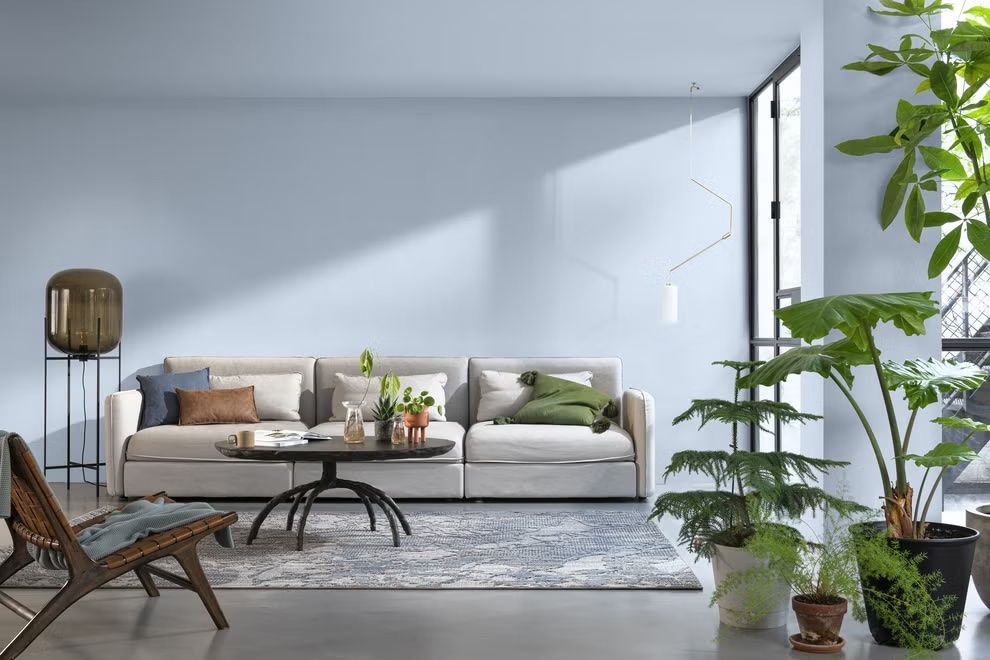
Natural hues such as green, blue, grey and shades of white are typically the colours that will make us feel calm and relaxed. But cool colours aren’t the only hues that have a restful influence — muted shades of terracotta, rose, taupe or mocha are also wonderfully restful. Many of the big paint brands have predicted 2024 will be the year of earthy natural colours, so there are some beautiful new colours coming out. You don’t have to redecorate your house, but introducing accessories in soft pinks, warm terracotta, taupe and chocolate brown will instantly make you feel calm and relaxed and on trend.
Your choice of colour can really affect how you feel, so think about the psychology of colour when you choose a scheme for each room. Blue is a soothing colour which helps calm a busy mind so a great colour for a bedroom, green is a quiet restful colour we associate with nature, purple represents spirituality, white symbolises purity, grey is cool and calming, pink is gentle and restful, terracotta is grounding and shades of brown are solid and safe.
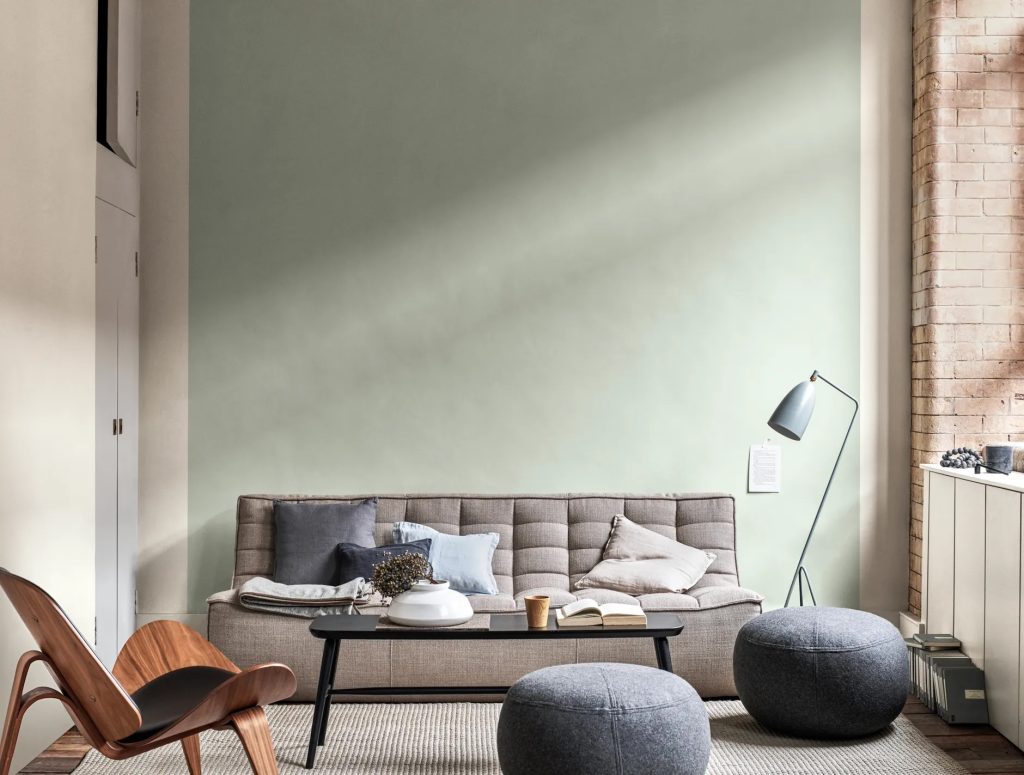
Use these colours in the rooms where you want to feel comfortable and relaxed – a bedroom sanctuary, a spa-like bathroom or a restful living space.
Natural materials are always stylish
Natural materials are amazing neutrals and give an instant feeling of calm and style to any space. They’re durable, environmentally friendly, and look stylish. Whatever your interior design style, there is a natural material that will look amazing.
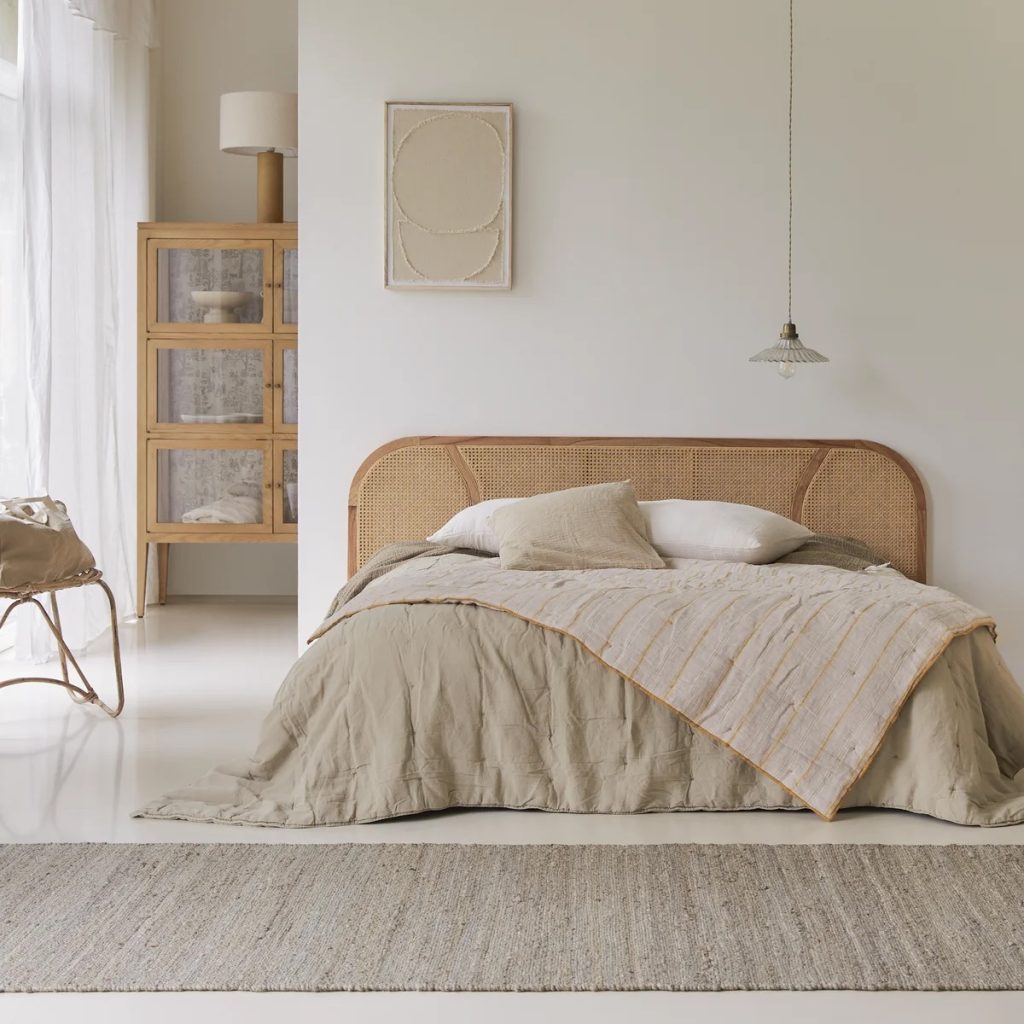
Wood is the most common natural material used in interior design. Different woods create completely different looks but are always beautiful, warm, flexible and easy to work with. Wood ages beautifully and matches every style, providing interiors with a sense of warmth.
Hide your tech
With so many of us are working from home, it is important that we separate our homes and working lives. Nobody wants to stare at a tangle of cords or a pile of messy paperwork in the evening. It can be very stressful to see your home office every day, so creating a dedicated private workspace is key to creating a calm environment.

Hide your tech away and go for smaller, wireless devices that look less obtrusive. Stylish desks, comfortable chairs and clever office storage are top of many furniture designers’ agendas this year so look for office furniture that suits your lifestyle and works with your interior style.
Add ambient lighting
Lighting in a room isn’t just functional; it can add a beautiful design element to your space too. Whether you are looking at under cabinet LED lights in your kitchen, adding some mood lighting in the sitting room or installing a statement chandelier in your hallway, don’t underestimate the power of changing your lighting. A backlit mirror, a picture light over a statement piece of art or dimmer switches in the kitchen can make a huge difference to the atmosphere of a room.
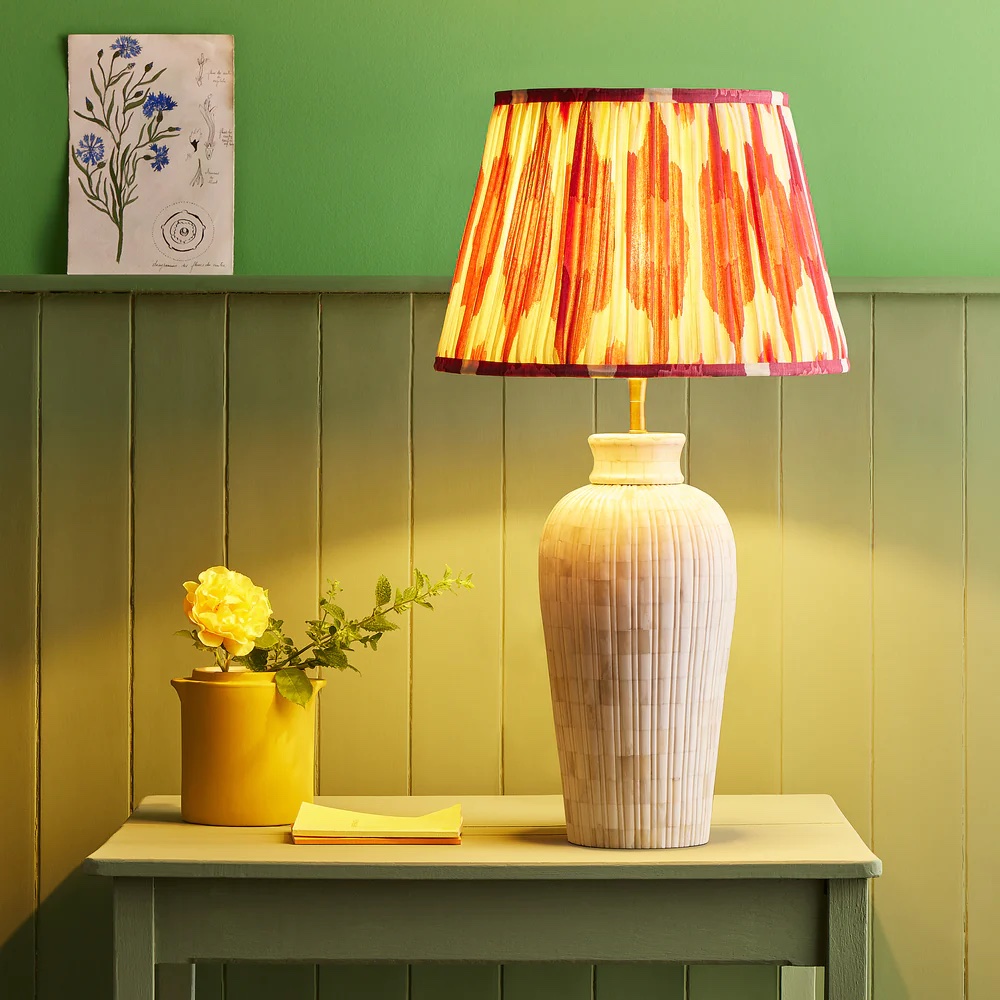
I like to keep lighting low, directional and practical. I tend to avoid using spotlights, especially in rooms such as living rooms, libraries and bedroom which are meant to be warm and inviting. Use table lamps, standing lights and picture wall lights. Table lamps provide a practical source of light whilst doubling as pieces of sculpture. Their unique shapes and various materials add textures and colour to the room. Placing table lamps behind furniture or a plant in the corner of the room, can make the room feel larger.
Make sure you have good storage
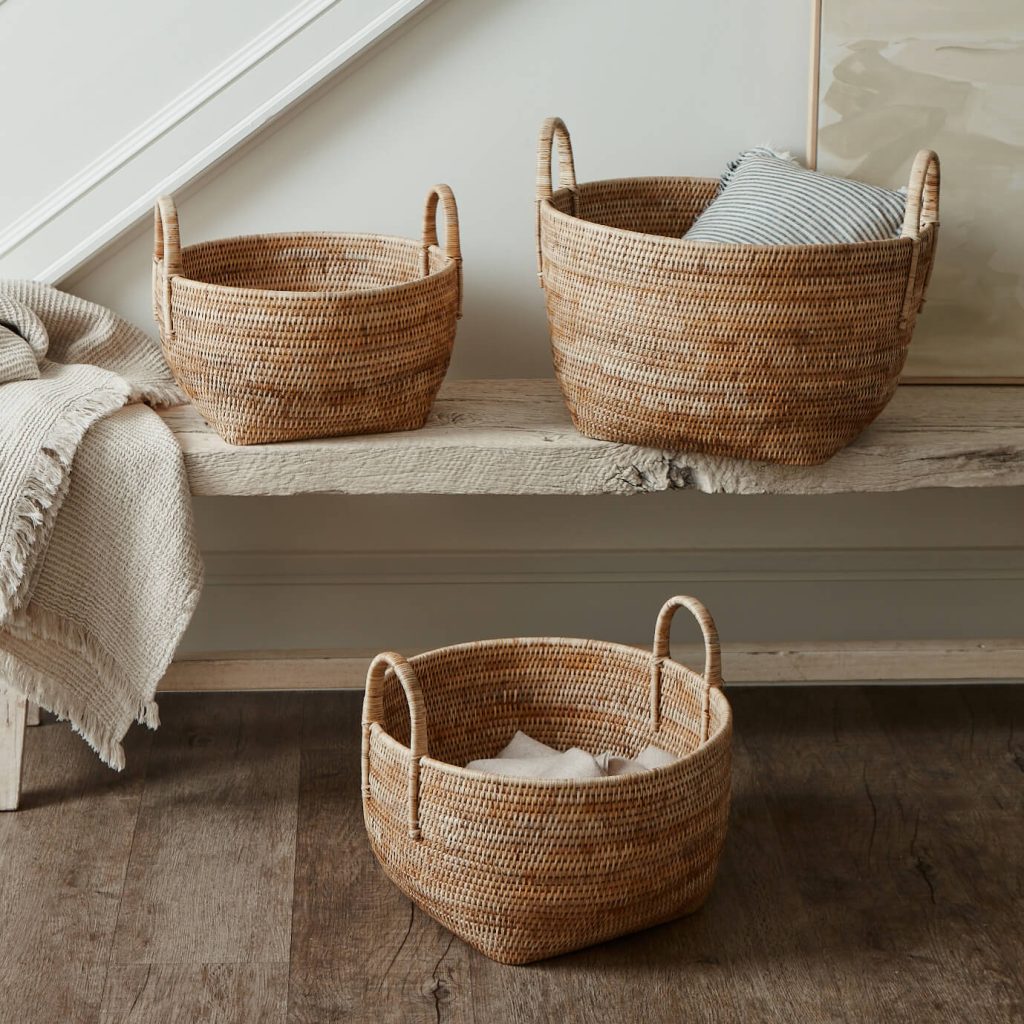
For functional items, make sure everything has a home and try to keep as much as you can behind closed doors. Allocate drawers, cabinets, baskets and bins for your things so everything has its place. Baskets are brilliant for everything from shoes to toilet paper. The less clutter you have to look at, the more you’ll feel calm and relaxed.
Create a focal point in every room
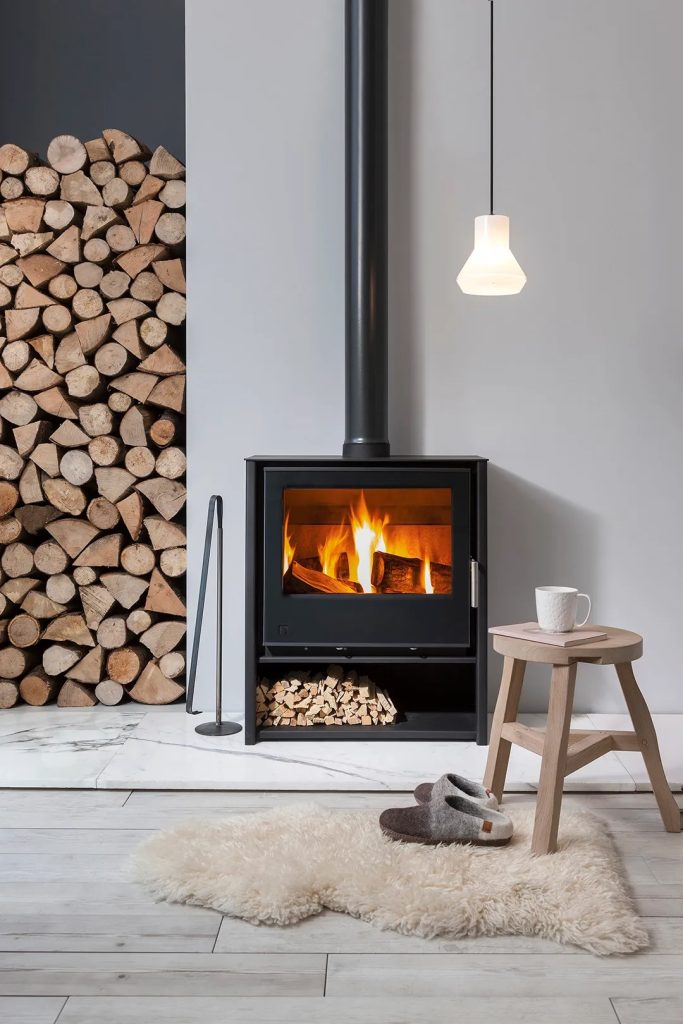
Every room should have a focal point so think about whether you are drawing your eye to the right place in each room. Typical focal points are fireplaces, mirrors, artwork, windows or the TV! Focal points tend to be at eye level to attract the attention of the viewer so move things around to create the most interesting effect.
If a room doesn’t have a focal point, you need to create one. A stunning headboard in the bedroom, a dramatic piece of artwork in the hallway or an elegant mirror in the bathroom can all be beautiful focal points that give your room a designer look.
Start by dividing the space up into functional zones based on their purpose. This means your space feel balanced, calm and stable. Start with choosing your central point, often a sofa or bed, and make this the largest item of furniture around which other small items are placed. This creates a sense of balance when you enter a room. I like to use side tables and occasional chairs to define the boundaries of an area.



